Flying Boat/Seaplane of the Week: Sikorsky S-42B Pan American Clipper III (NC-16736)
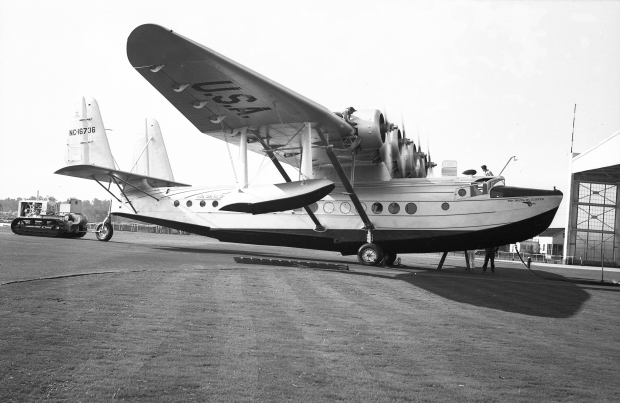
This weekend's Flying Boat/Seaplane is the historic Pan American S-42B Clipper III, built by Sikorsky at Stratford, Connecticut and delivered in mid-1937.
Many of the never-before-published images in this post were made available from Beutenmiller Family Collection.
Beutenmuller Family Collection
William Beutenmuller (1915-1987) worked as a mechanic, flight mechanic and foreman of maintenance for various Long Island aviation firms including the Port Washington Marine Base, Grumman Engineering and the Sperry Gyroscope Company. He trained with Wright Aeronautical Corp, Pratt & Whitney, Allison and Sikorsky aircraft and engines. In 1957, William joined Radio Corporation of America in New Castle, Delaware working with company and military aircraft. He documented many of the airplanes that he worked on and observed and also collected photos from other seaplane and airplane enthusiasts of the period.
Jennifer Robinson, William's granddaughter, has scanned almost hundreds of negatives from the family collection and has graciously agreed to share them on VanderbiltCupRaces.com . Many of these historic images will be posted over the next few months with additional background on the amazing career of William Beutenmuller.
Be Safe, Stay Healthy, Save Lives,
Howard Kroplick
Sikorsky S-42 Reference: American Flying Boats and Amphibious Aircraft by E.R. Johnson

Pan American Clipper III was the last S-42 B delivered by Sikorsky in mid-1937. The S-42 B's featured more powerful engines, extended wingspans and greater fuel capacity than the earlier S-42 versions.
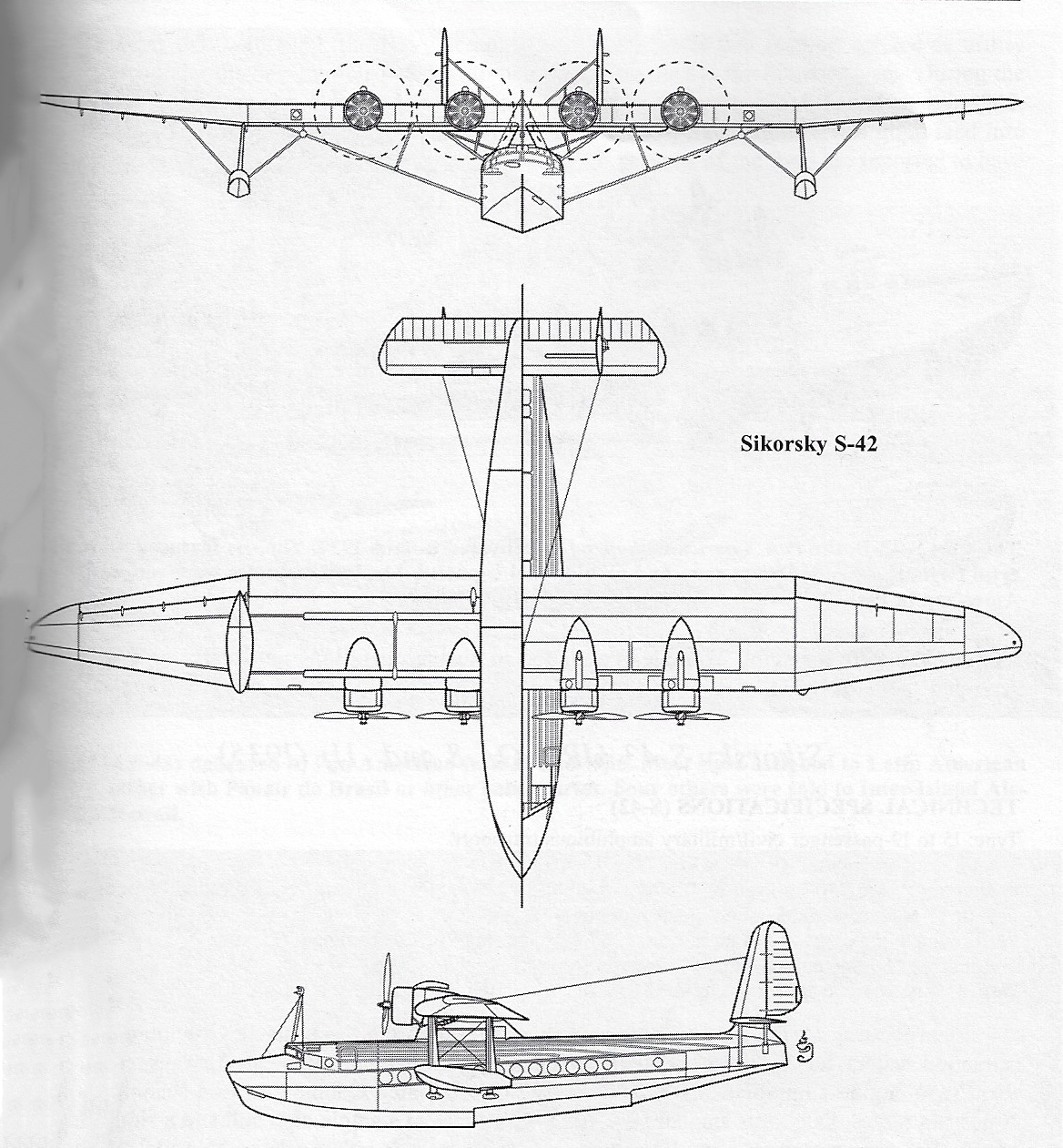
The First Transatlantic Commercial Survey Flight (July 5-6, 1937)
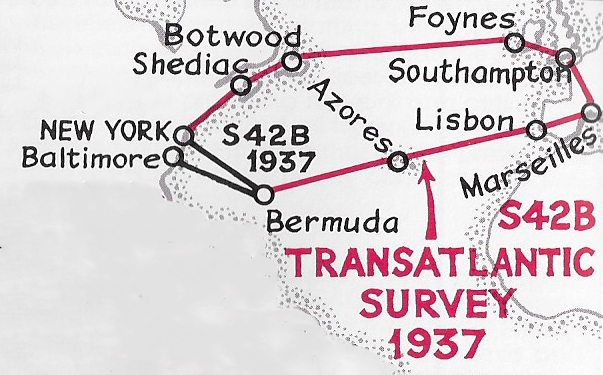
The Pan American Clipper III and the British Caledonia flying boat (featured last week) jointly made the first transatlantic commercial "survey" flights to and from Port Washington on July 5 to 6, 1937. As noted in this article "How Port Washington Gave Birth to Pan Am", survey flights "was the official term used to describe the testing of heretofore unchartered air routes."
Piloted by Captain Harold E. Gray, the Clipper III traveled on this historic journey from "Port Washington"to Shedia (New Brunswick), Botwood (New Foundland), Foynes (Ireland) and Southampton (England).
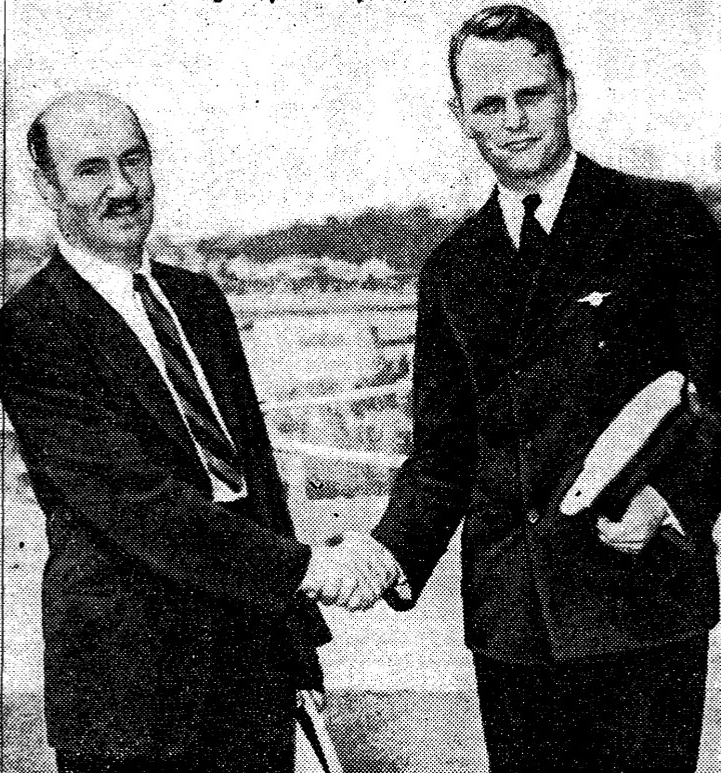
As reported in The New York Times on July 17, 1937, Captain Gray was greeted by Igor Sikorsky at the Manhasset Bay Terminal after his return flight.
This newsreel documented Clipper III's take-off from Manhasset Bay.
At the 3:53 to 4:20 mark of this newsreel, the Clipper III can be seen completing its journey arriving at Foynes, Ireland after a 12 hour, 40 minute flight from Botwood, Newfoundland.
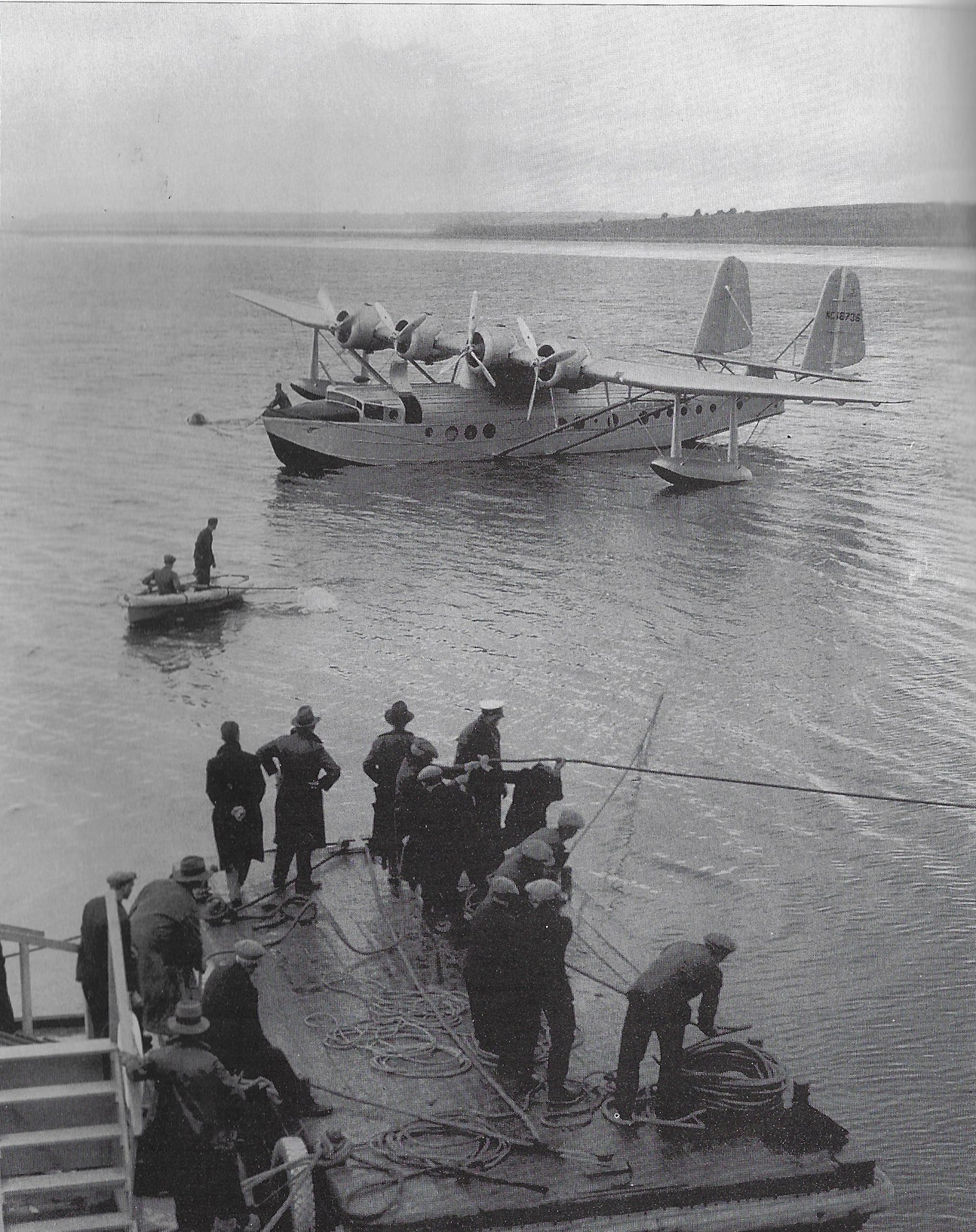
Arrival of the Pan American Clipper III at Foynes, Ireland on July 6, 1937
Plaque Honoring the Flights on the Town of North Hempstead Town Dock (Currently Closed)

This plague was placed by the Wings Club on the Town Dock in 1969.
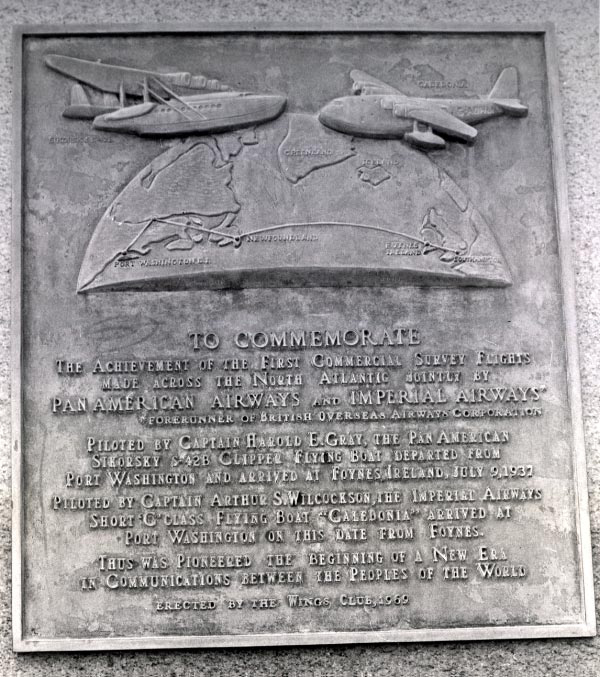
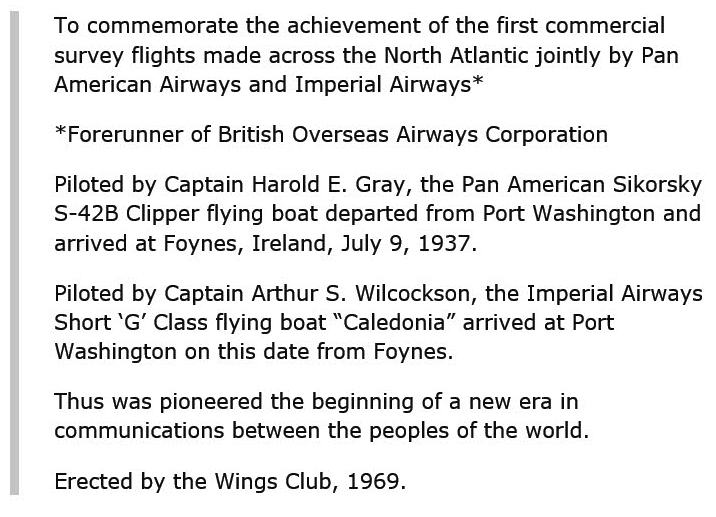
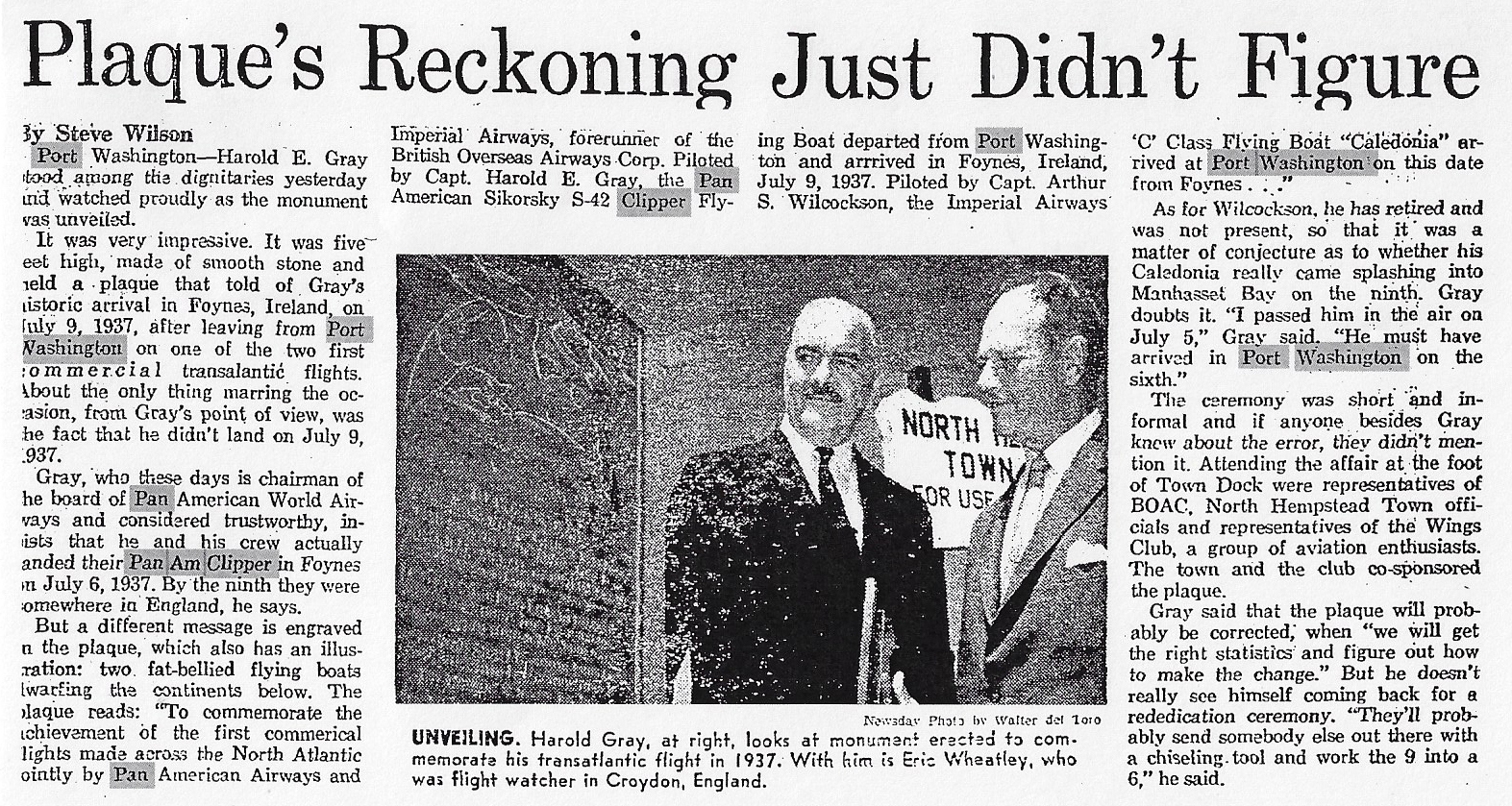
Newsday, July 10, 1969
Captain Harold Gray confirmed that the actual arrival date was July 6, 1937. From 1964 to 1968, Gray served as CEO of Pan Am and succeeded Juan Trippe as chairman and CEO until 1970.
Never-Before-Published Photos of the Pan American Clipper III (Courtesy of the Beutenmueller Family Collection)
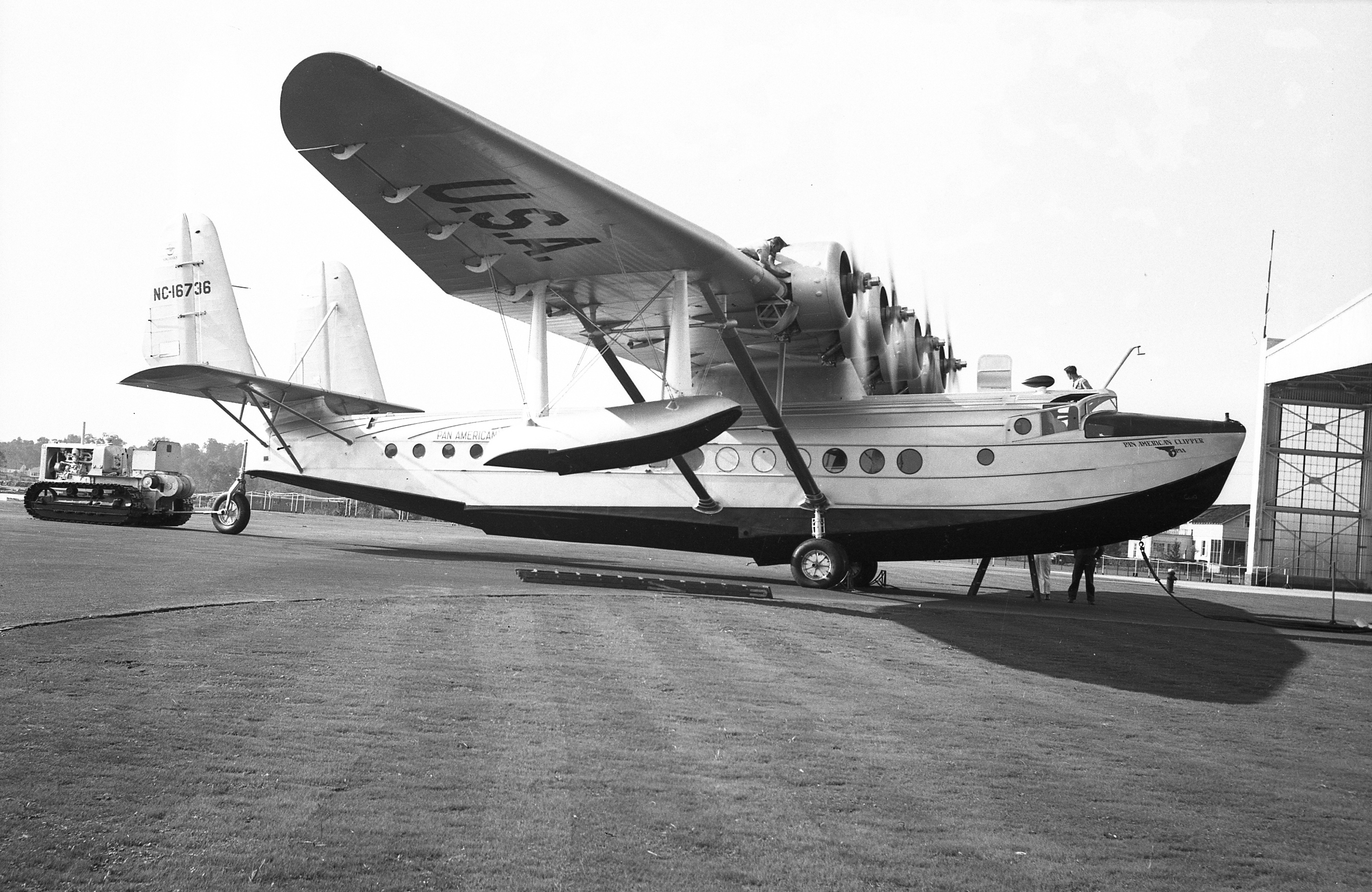
Note: The photos were not dated.
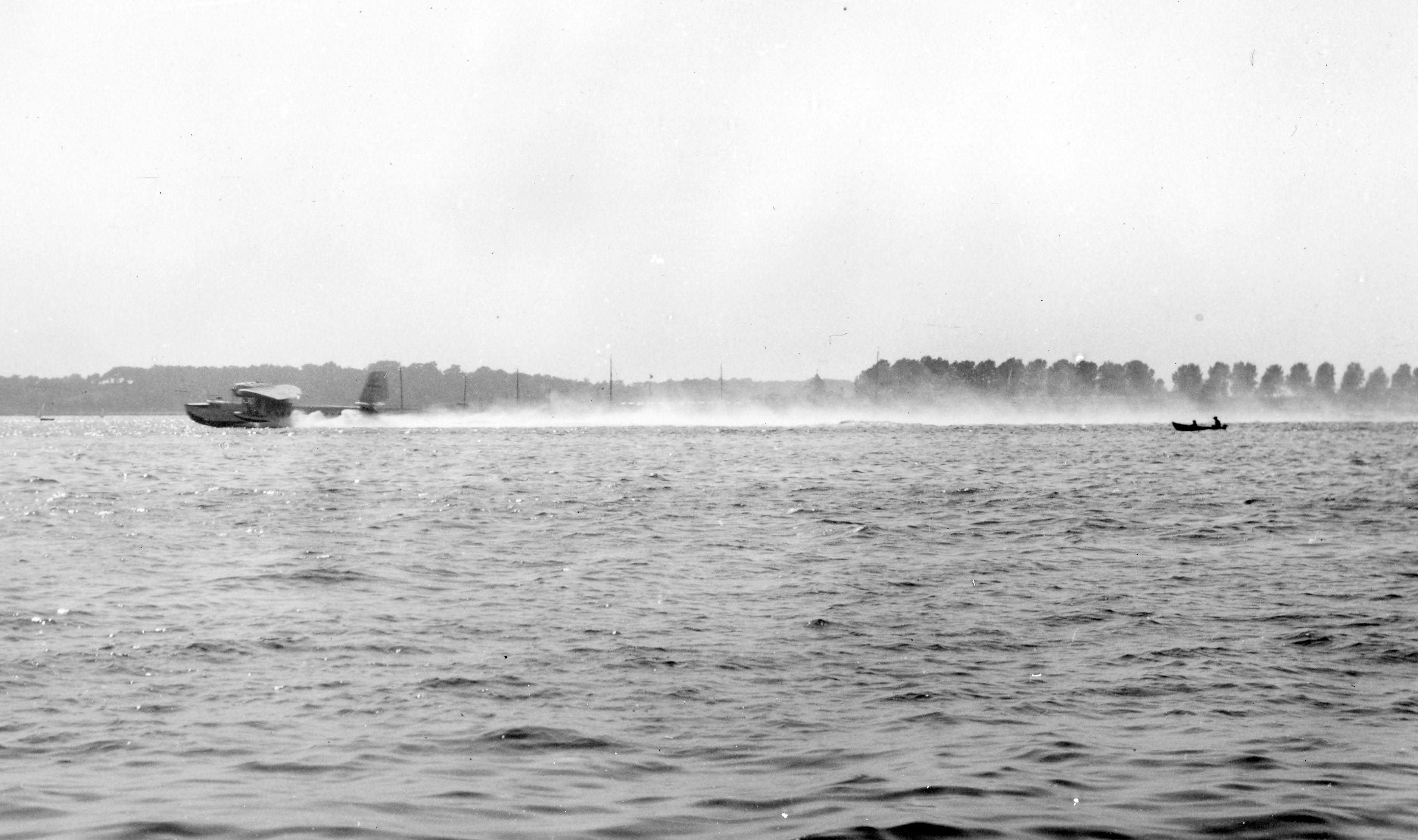
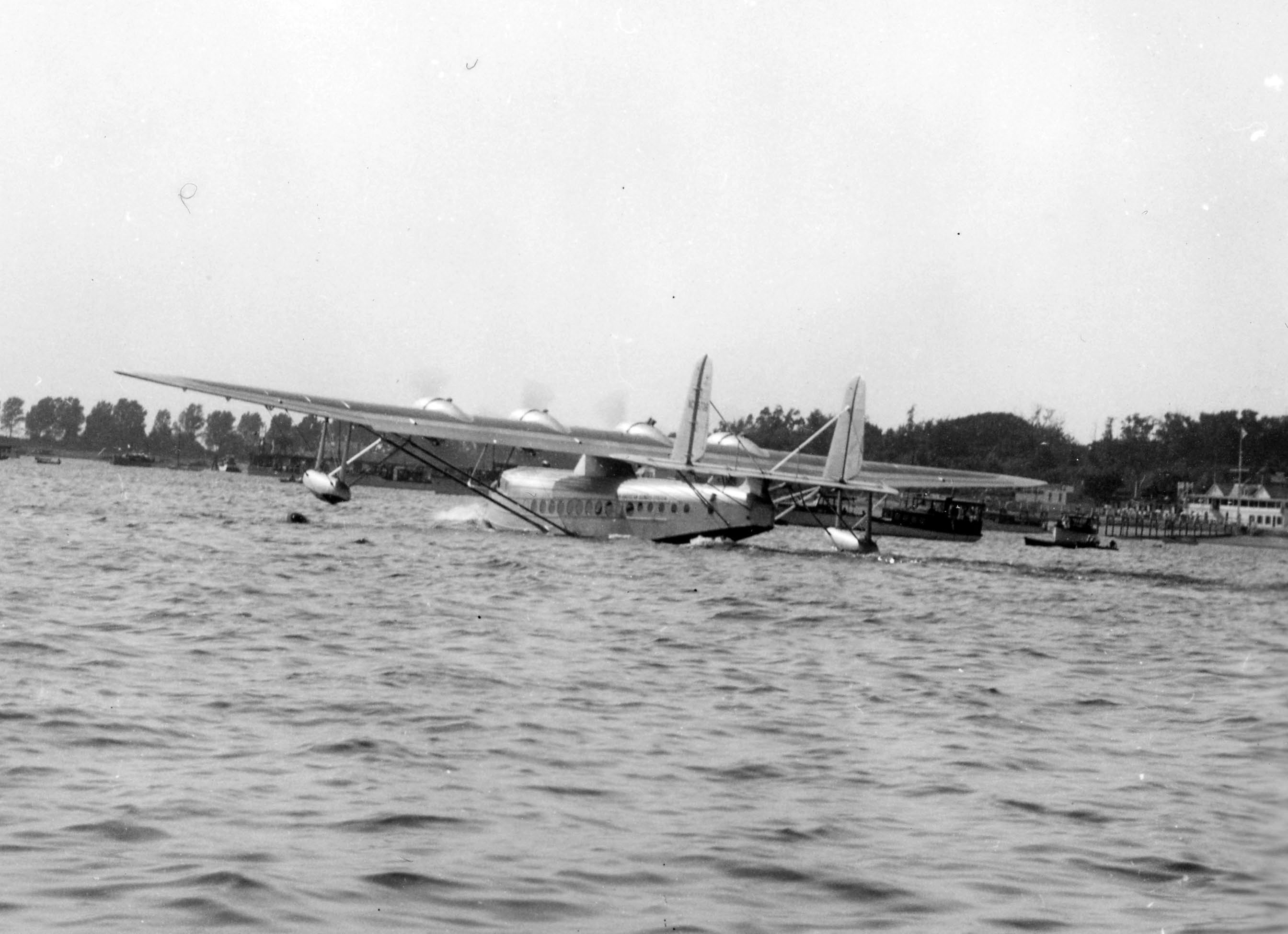
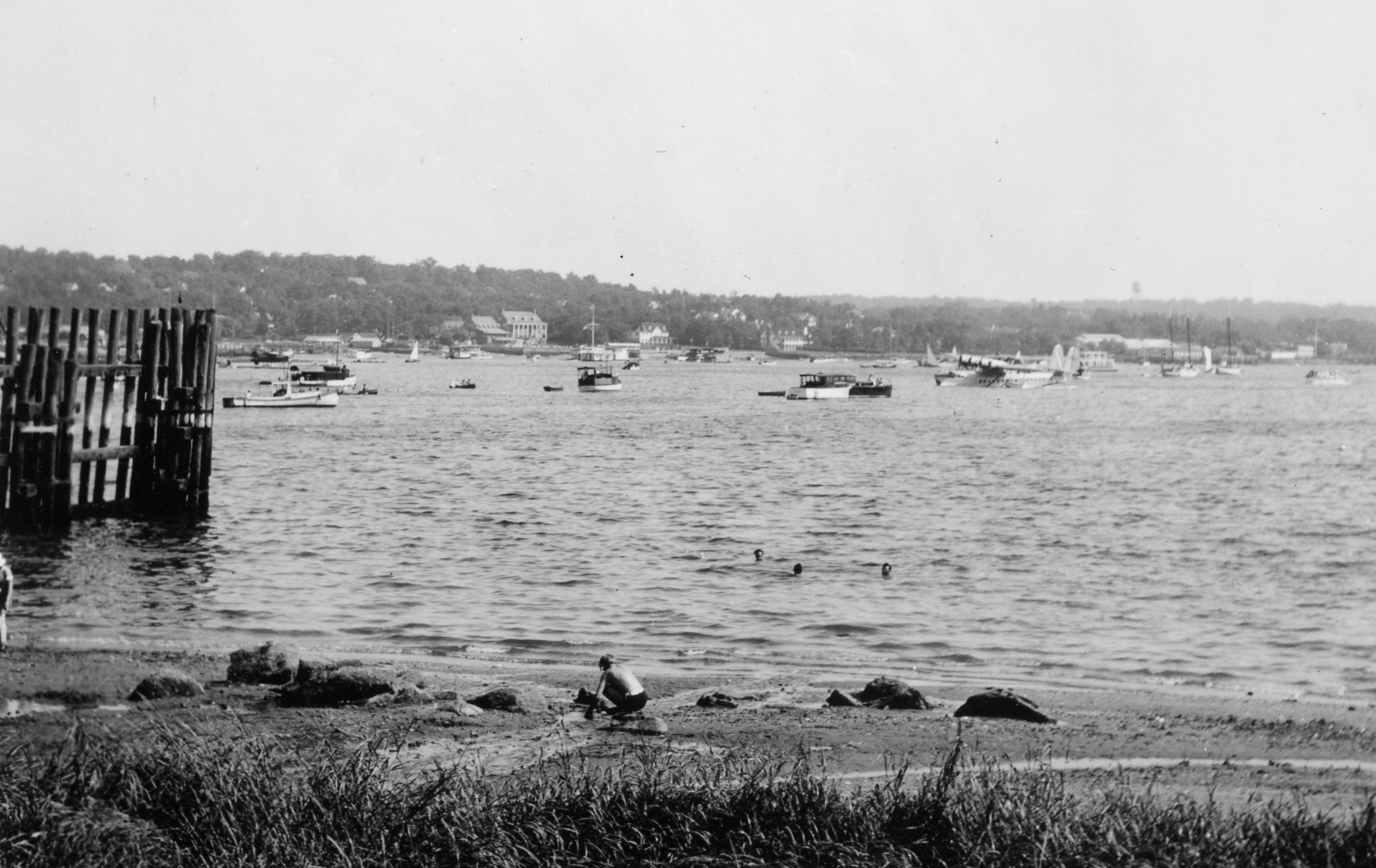
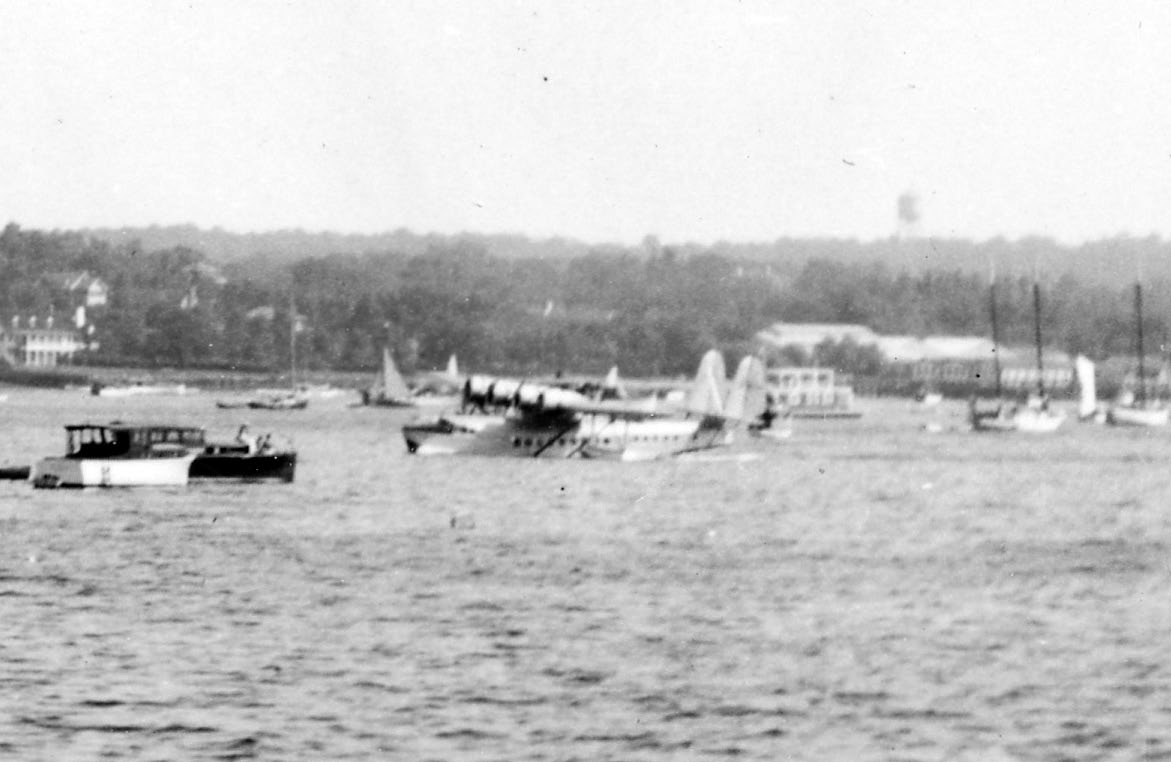
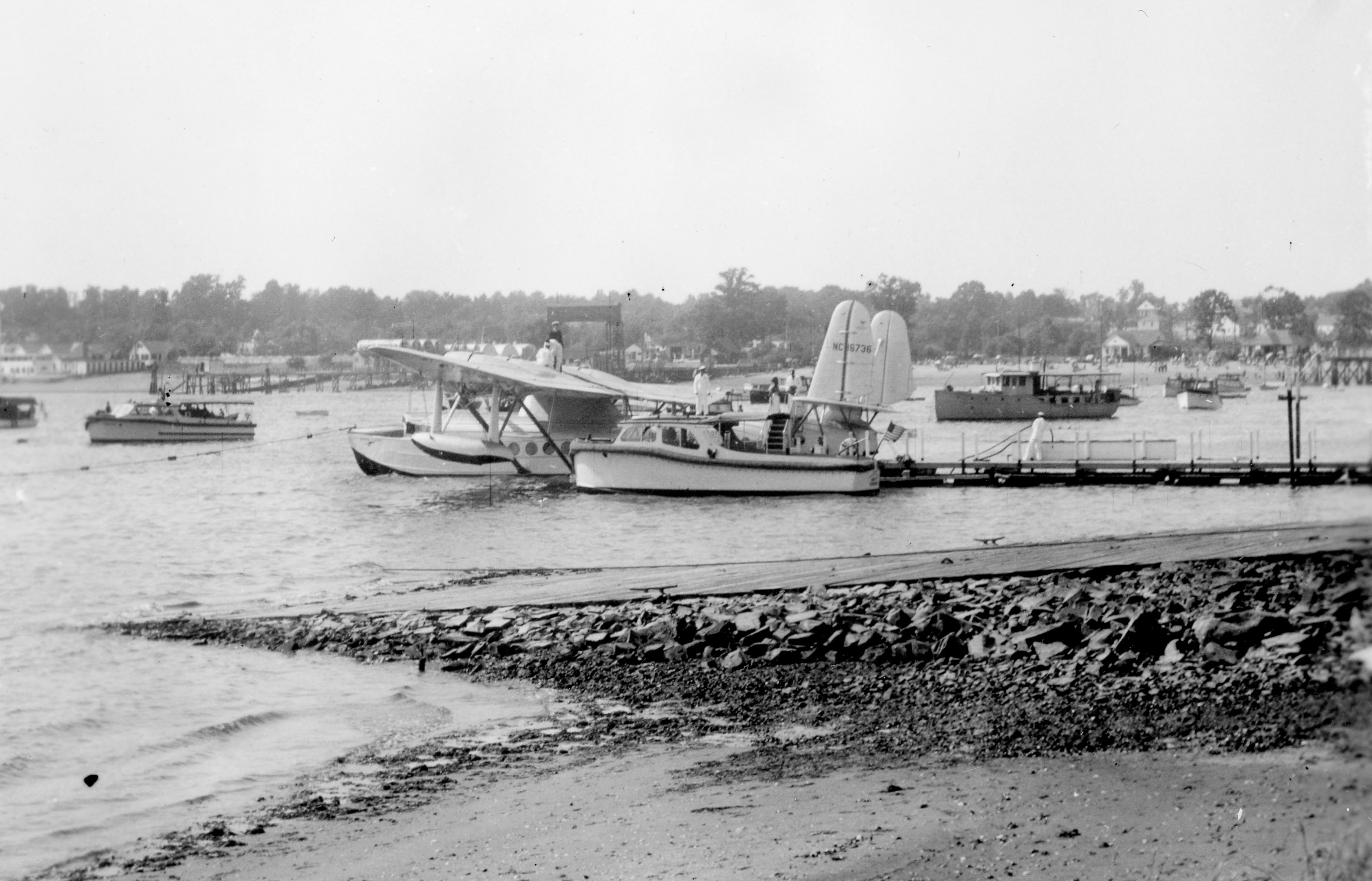
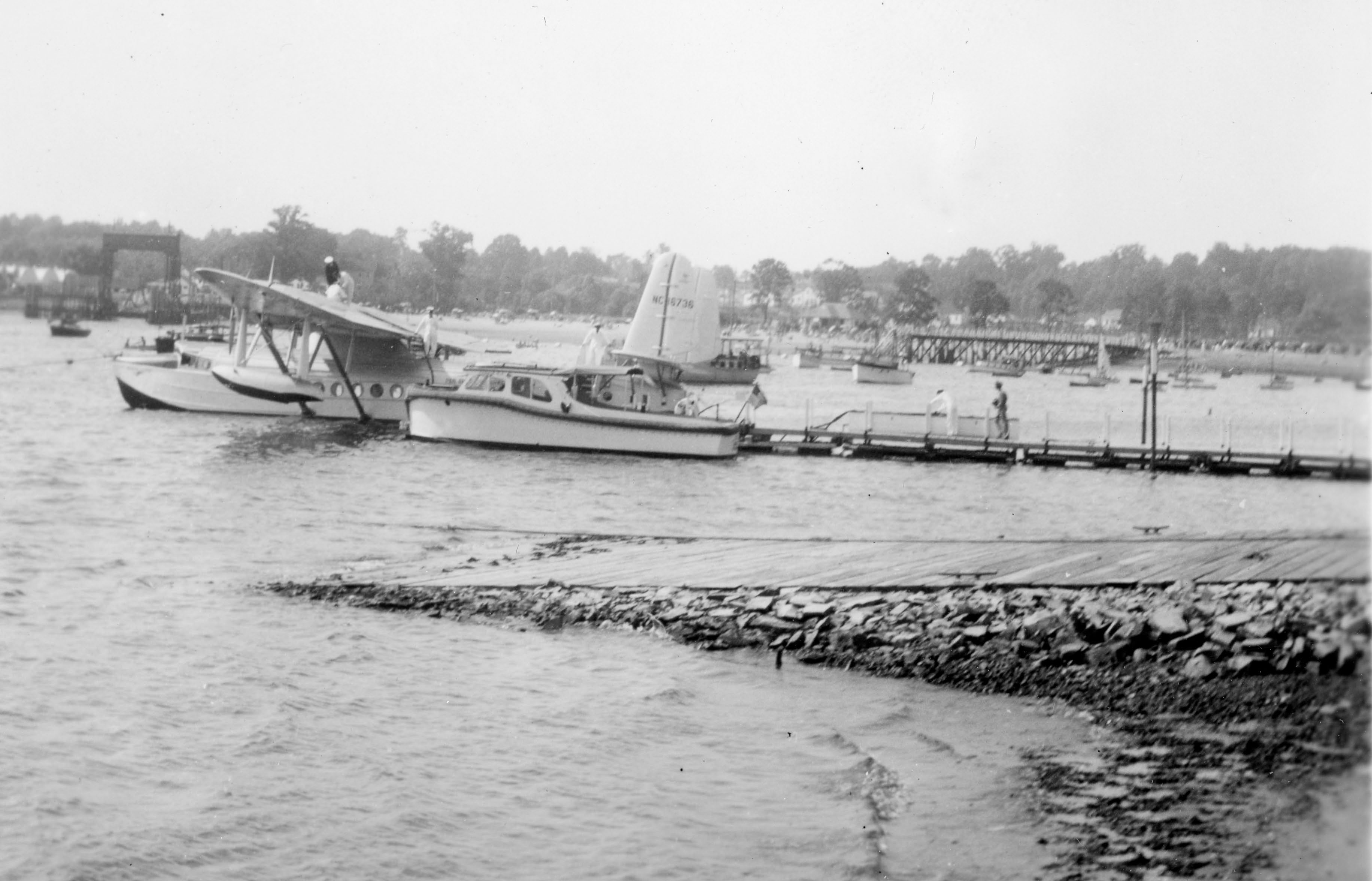
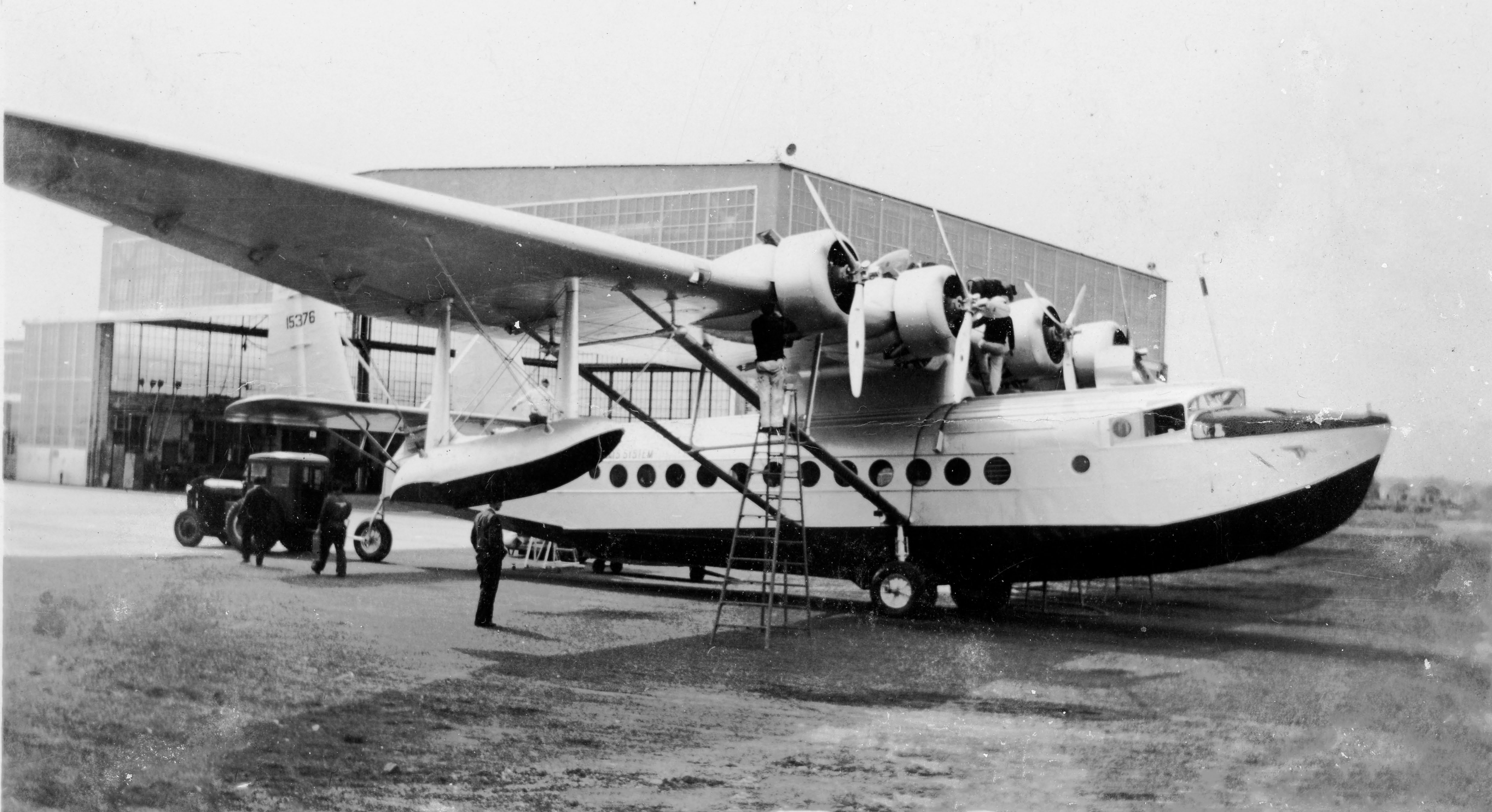
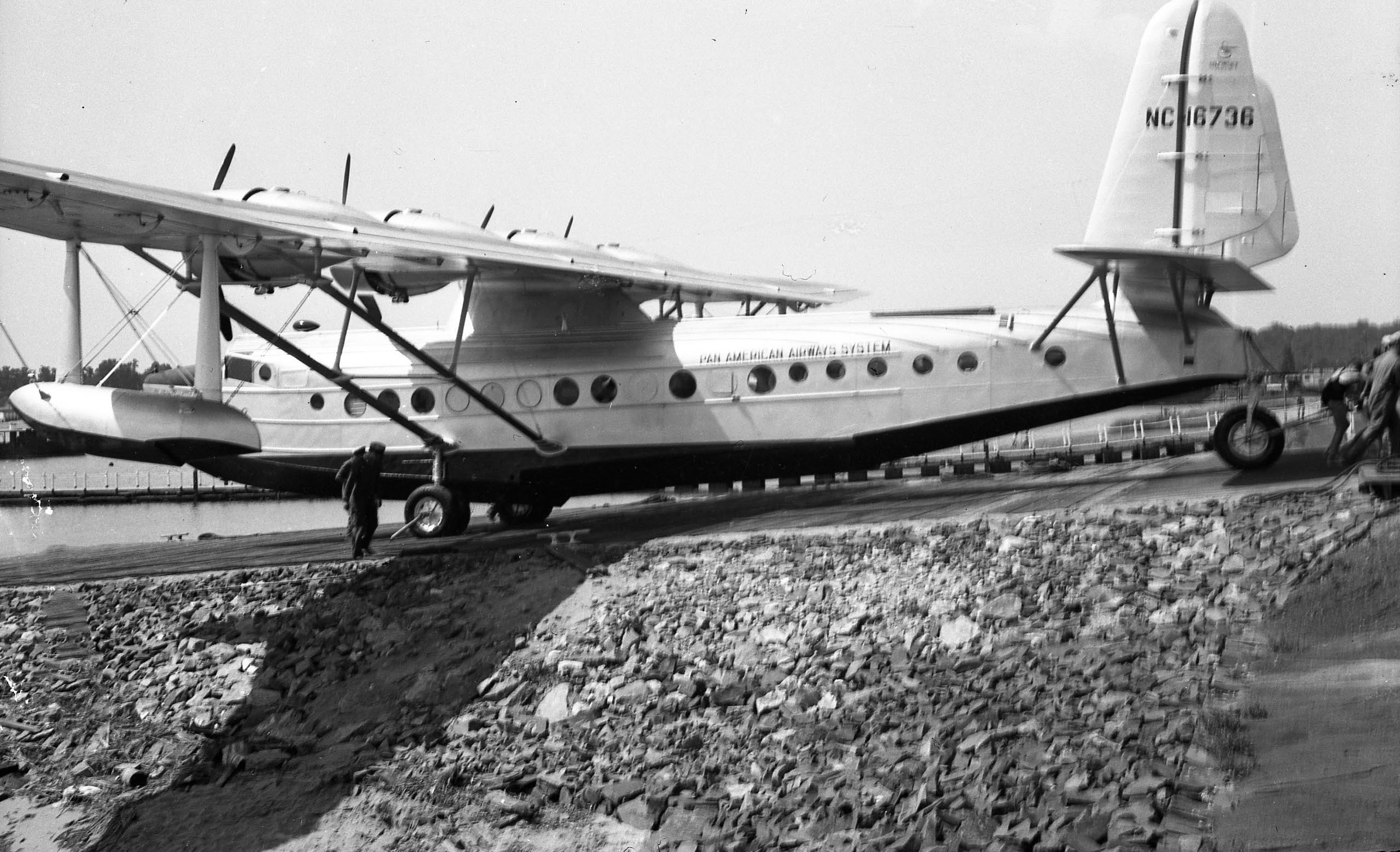
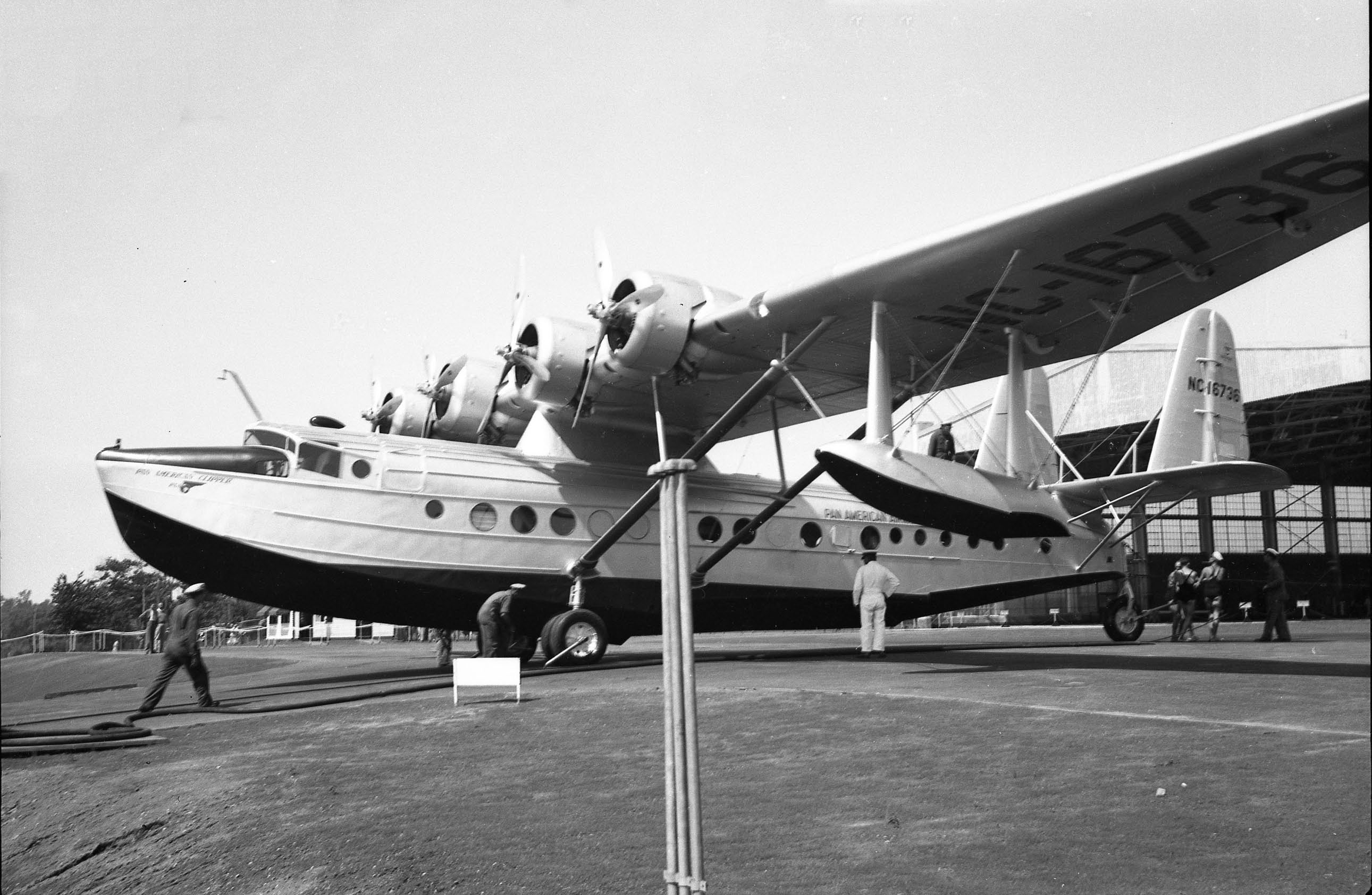
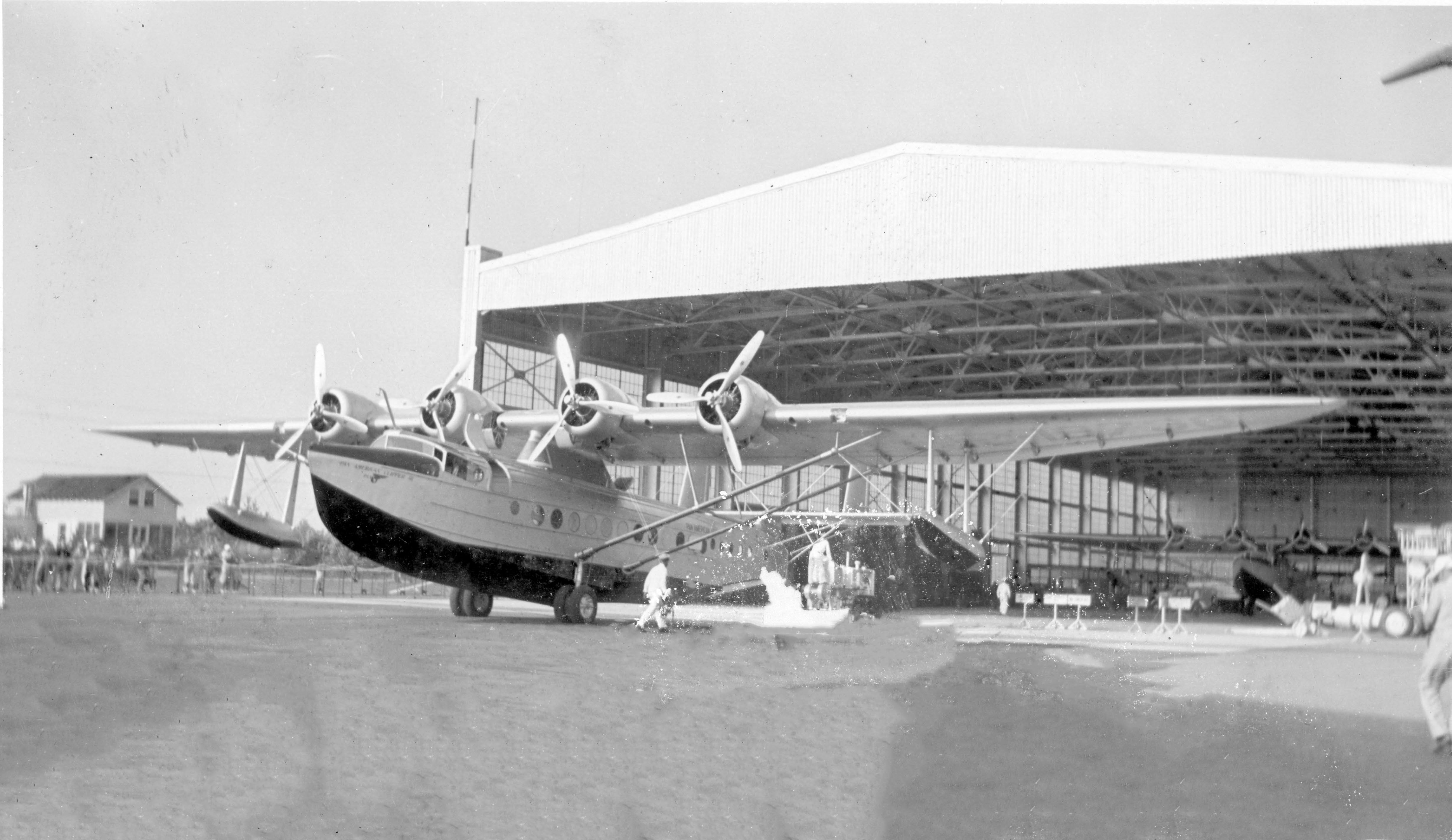
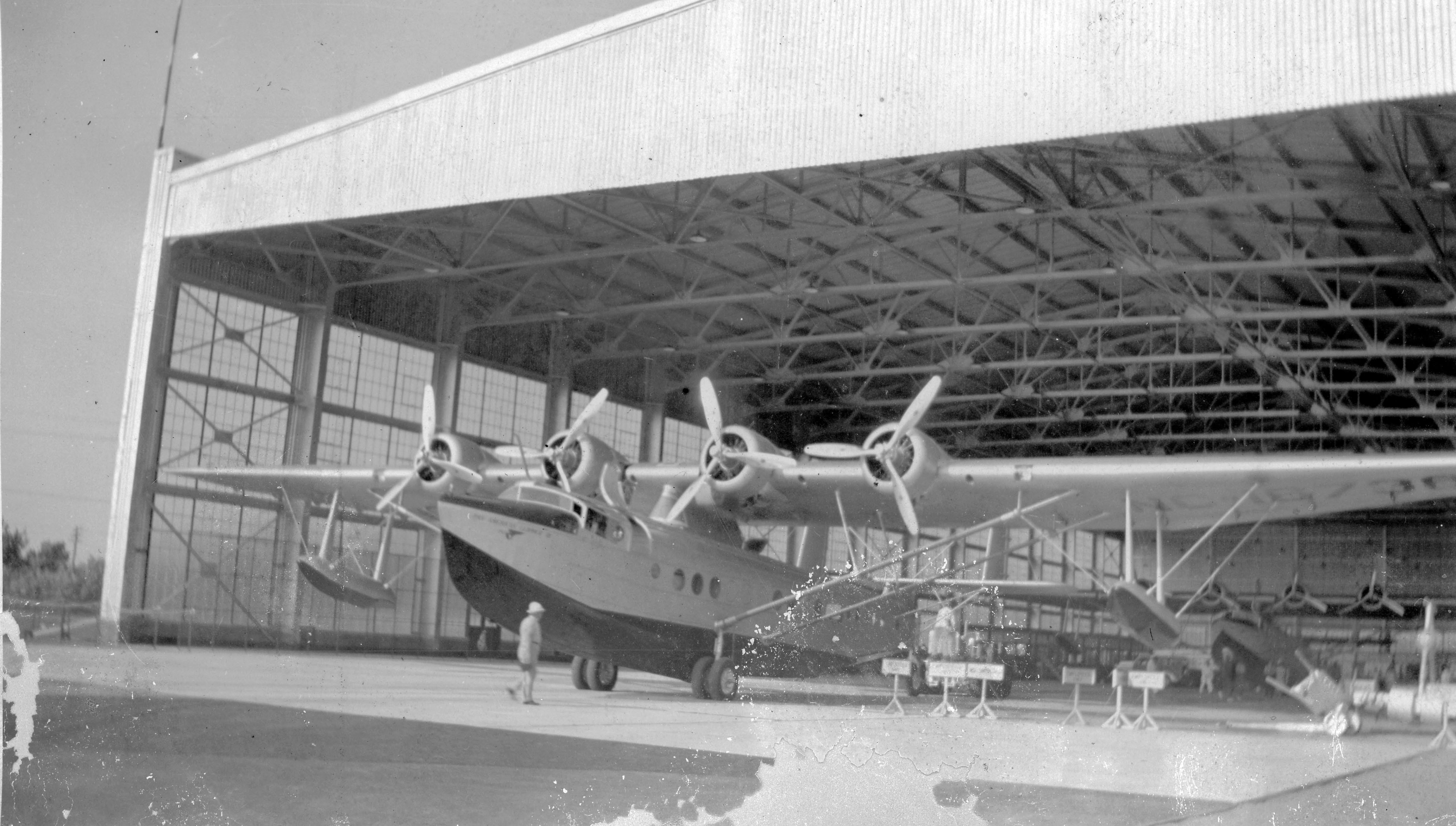
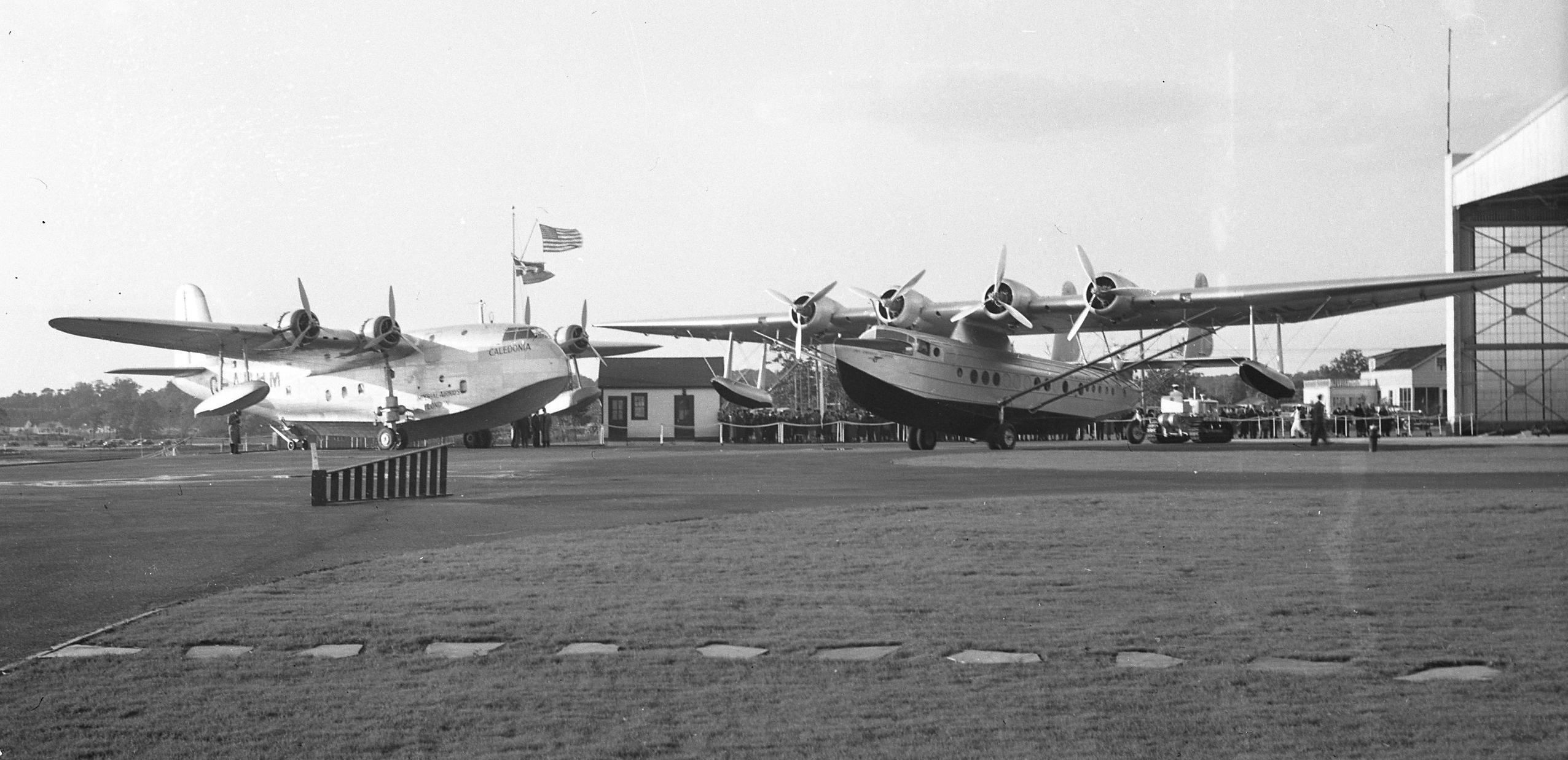
This is a historic photo of the Pan American Clipper III and the Caledonia together in the Manhasset Bay terminal at a later unknown date.
The Fate of Clipper III (Courtesy of Aviation-Safety.net)
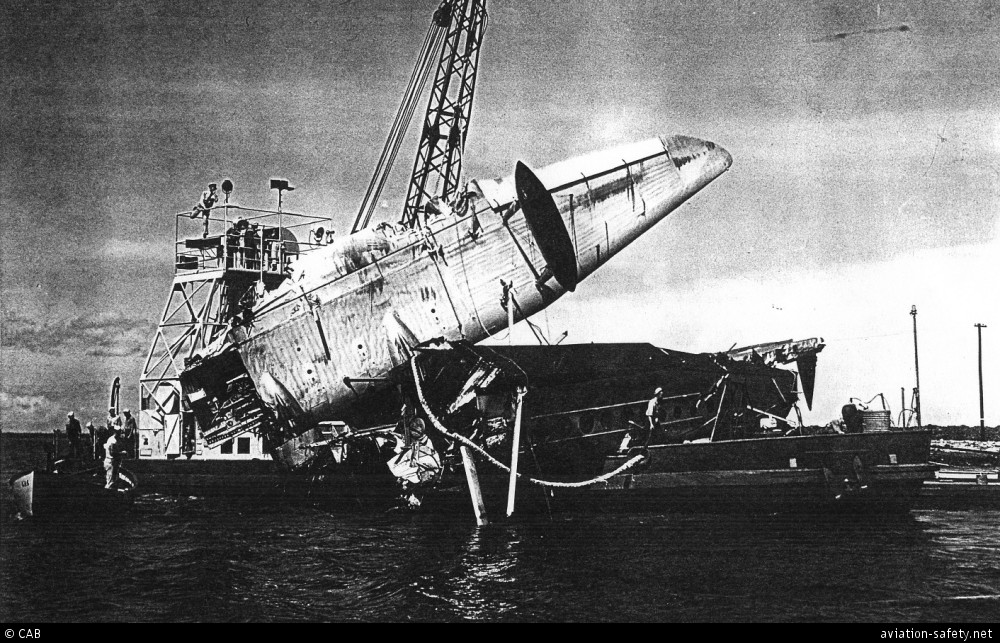
In 1940, the Clipper III served the Bermuda route as the Bermuda Clipper and then to South America. It was destroyed by a fire at Manaos, Brazil on July 27, 1943. All aboard survived.
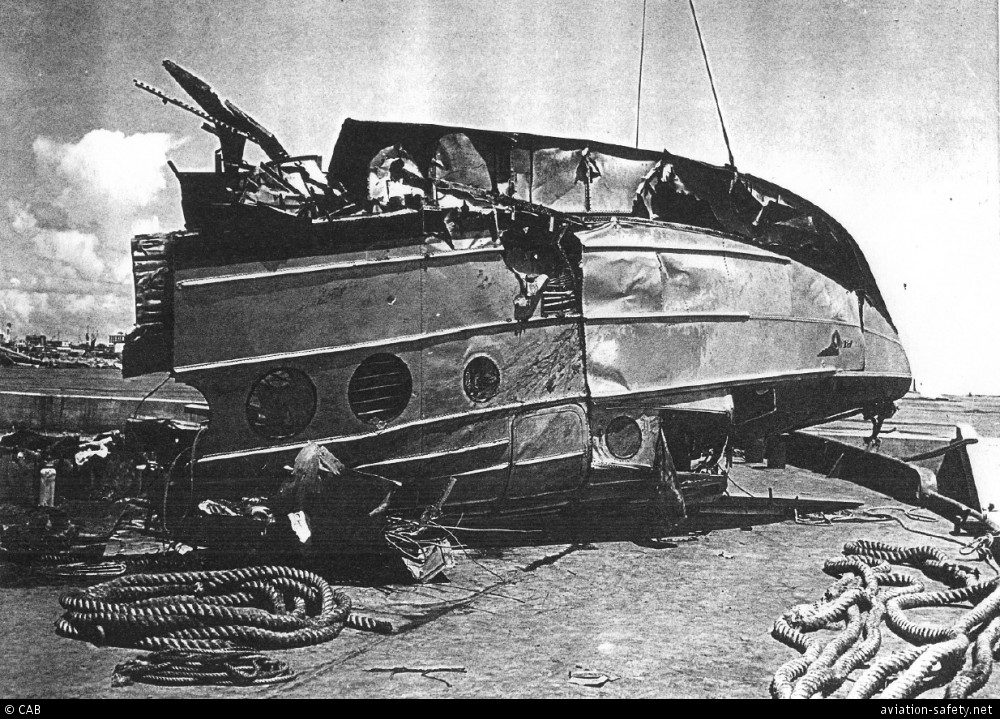

Comments
Wow!! Really incredible to read all about this.
Thank you, Howard for this insightful look at ‘1937.’ Note, in the Short S23 Video at 5:52 for Cambria’s Test Flight, the Cambria’s Captain speaks toward a microphone that has a handkerchief wrapped around it. There was a squall when the crew flew out to Shannon, so this handkerchief wrapper may have been intended to limit the sound of wind gusts. However, there was also a 1936-1937 outbreak of an influenza epidemic and this may have been an intentional effort to keep the pilot and crew healthy and limit ‘bounce-back’ to and from the microphone, which could act as a vector. Like a cell phone or land line phone ‘speaker area’, a microphone could convey viruses, cold, flu or in today’s world, COVID-19. There is a message in this video to be observed by all news reporters, radio and TV studios and anyone using a cell phone, Skype headset or microphone at home or in a nursing home – it’s a vector – treat it with care. Clean it according to the manufacturer’s instructions or limit use. Be Well.
Paul B:
Dear Howard,
I can’t remember how I got on your list some years ago but in these corona days your newsletters are a nice antidote to the news.
I’m just sorry I don’t live near all your historical venues although half of my family is from NYC so I’m familiar.
I grew up in Indianapolis in the 50’s and 60’s when the 500 was at its Zenith and we followed it like a May religion.
In recent years I’ve written a couple of short plays about Amelia Earhart and Harriet Quimby, and as you know, doing research one thing leads to another. Earhart was the grand Marshall of the 500 one year and that led me to the 500 archives and a meeting with Donald Davidson. And of course that leads to following Eddie Rickenbacher back to racing on Long Island.
Quimby was an intrepid woman who wrote for Leslie’s Illustrated. She wrote about things she did that were completely off the books for women in 1910. Like riding full speed in a racing car on Long Island. Hats off to the racing car driver she wrote. Some of the bravest men!
https://www.vanderbiltcupraces.com/blog/article/harriet_quimbys_exciting_ride_in_a_racing_motor-car-_october_4_1906
Be well these days and keep writing.
I went and took a flyover today. In retrospect, I should have focused more on the property. I was enamored with the clarity of the water.
https://youtu.be/v0UH3In5Xi0
From Art Kleiner:
Craig, fantastic footage showing the range of possibilities with drones these days to help document our preservation efforts. Perhaps one day we can discuss other locations that might warrant a fly-over.